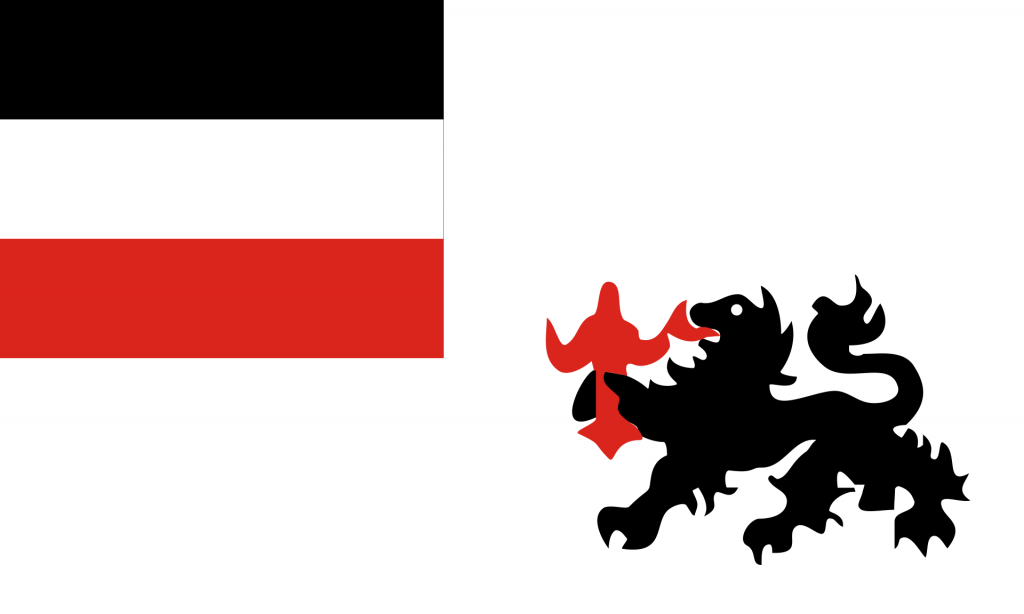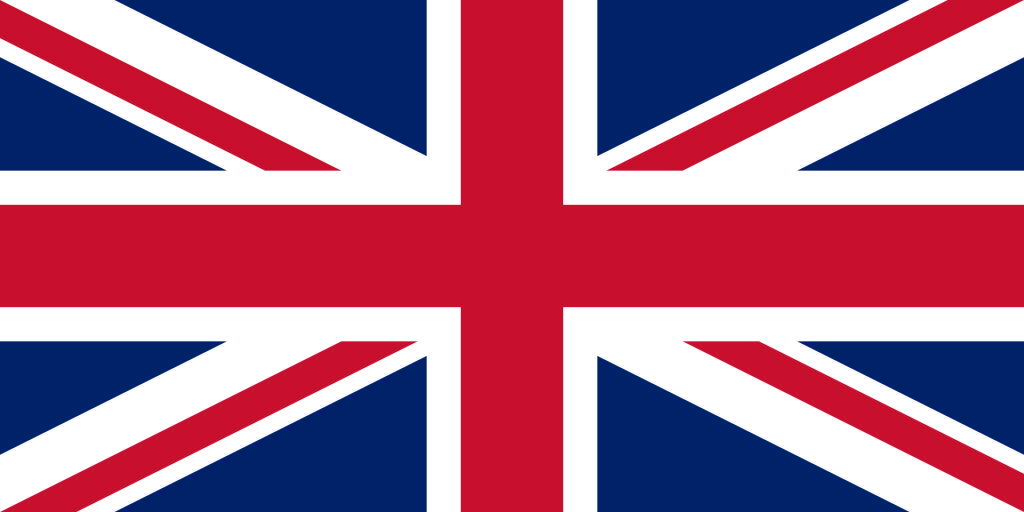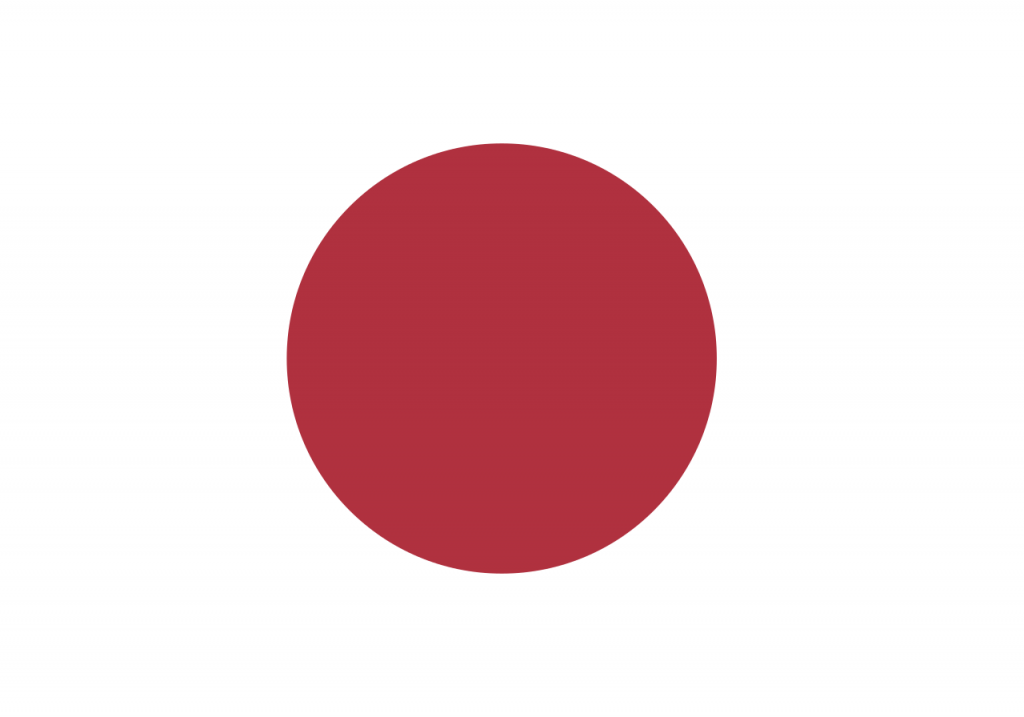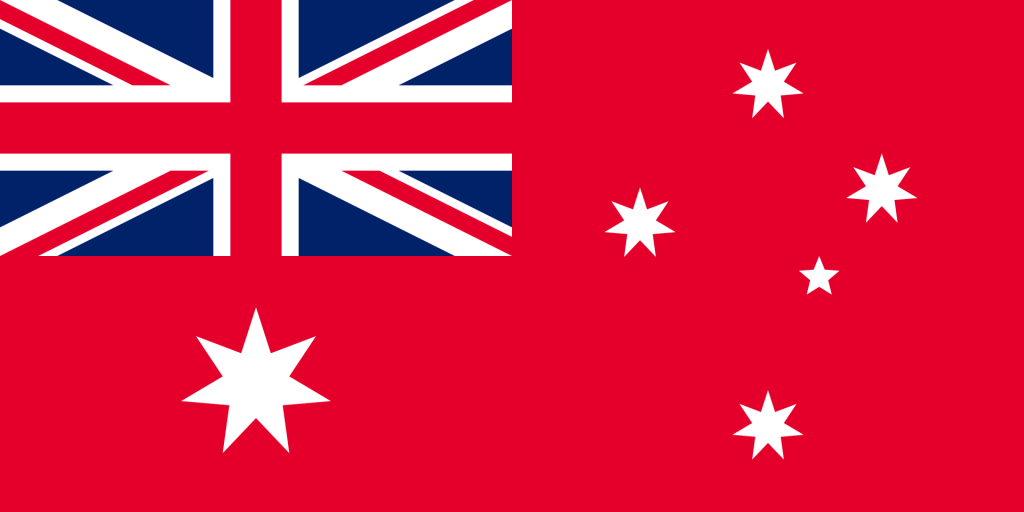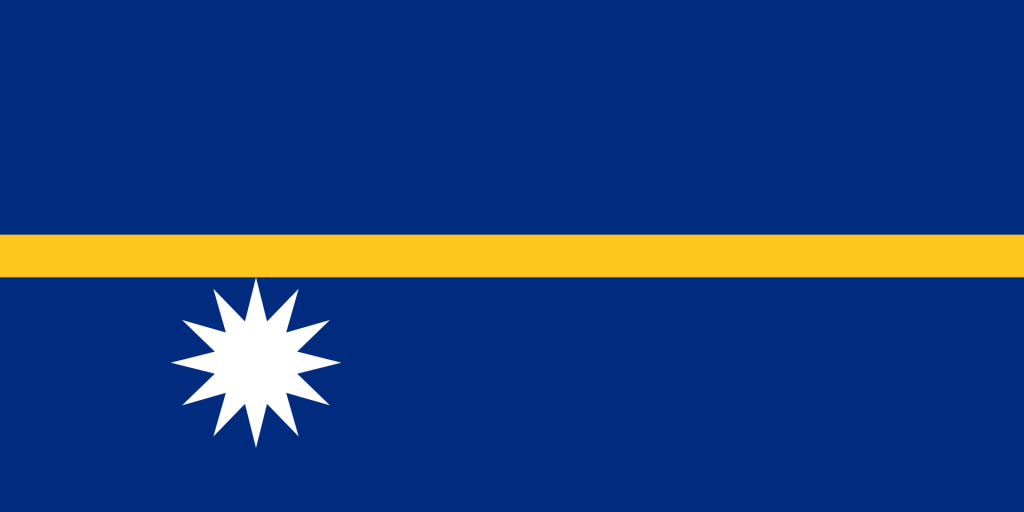Introduction
As a small and scarcely visited country, the Nauru flag is far from well-known the world over, I mean they don’t even have a football team and are not exactly an Olympic nation.
The flag of Nauru though is not only quite unique, but also holds a lot of symbolism for the country. Here is our guide to everything you need to know about the flags of Nauru!
History of the Nauru flag
There have been 5 incarnations of the flag of Nauru (see below). The first flag was during its time as a German colony when it was represented by the flag of German New Guinea, following this it had the Union Jack, then the imperial flag of Japan, before a flag representing its trusteeship with both Australia and the UK.
Adoption of the current Nauru flag
The current flag was adopted in 1968 upon independence of the country and was chosen via a competition on the island.
The gold horizontal line represents the equator, with the blue repenting the Pacific ocean. The star beneath the equator represents the geographic location of Nauru, with the 12 pointed star representing the original 12 tribes of Nauru. Three of these tribes are now extinct.
The twelve tribes include the Eamwit, Eamwitmwit, Ranibok, Irutsi, Iruwa, Eamwidara, Eaoru, Emangum, Deiboe, Eano, Emea and the Iwi.
The reason for the star being white is to represent phosphates, the commodity that initially made the country the richest place per capita on earth.
To read more about the history of Nauru click here.
Ironically the lack of the Union Jack on the flag of Nauru has made it much less controversial than say Tuvalu for example, and it is generally liked by the population.
Sadly, whilst you can buy t-shirts and other tack in Nauru, flags are not available.


